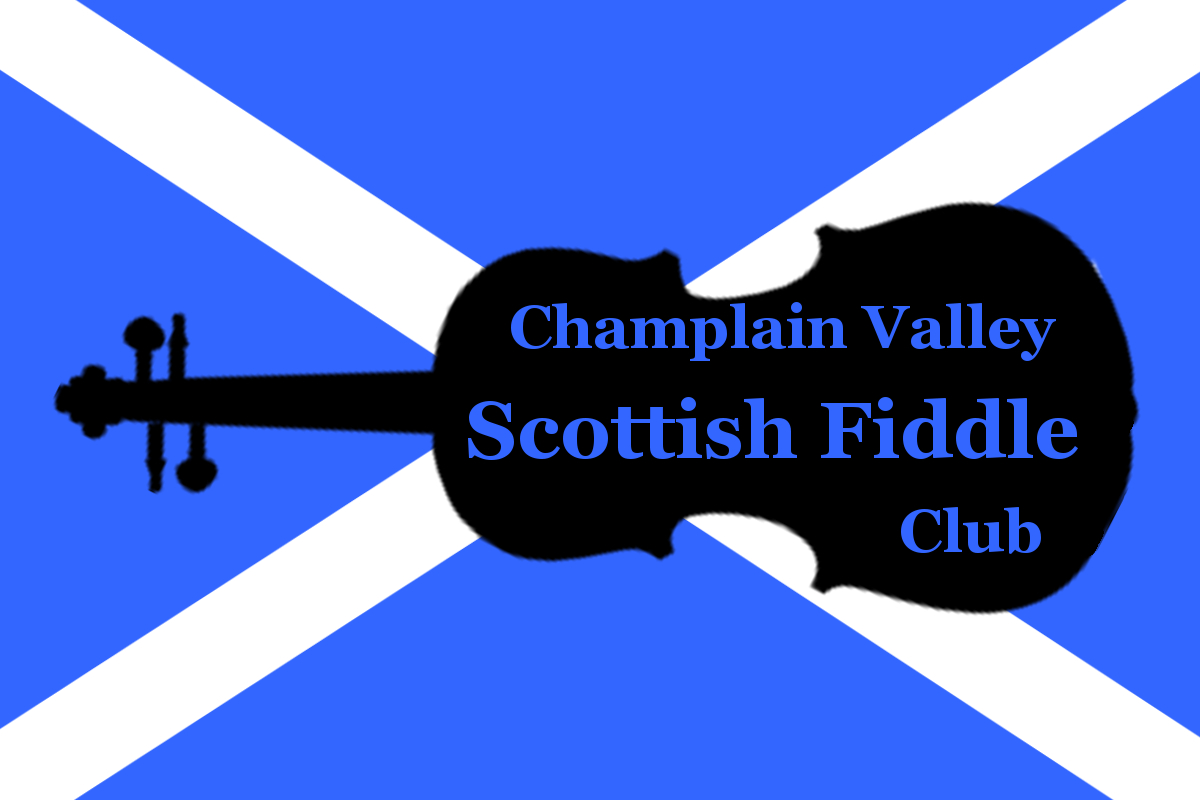Introduction to Modalities
© Peter Macfarlane
Within western music, it is easy to be blinkered into thinking that a tune must be in a major or a minor key.
If we ask where these two ideas come from, we have to look at the classical modes of which there are seven:
Lydian, Ionian, Mixolydian, Dorian, Aeolian, Phrygian, Locrian.
Our octave scale is divided into 12 half-step transitions between notes:
e.g. D - D# - E - F - F# - G - G# - A - A# - B - C - C# - D.
On playing an octave scale, however, we play only 8 notes, including the same note top and bottom:
e.g. D - E - F# - G - A - B - C# - D.
Necessarily, some of these steps are whole-steps and others are half-steps. Our major and minor scales differ from
each other in terms of where the half-step transitions occur, e.g.
D major: D - E - F# * G - A - B - C# * D
The half steps lie between the 3rd & 4th and the 7th & 8th notes.
D minor: D - E * F - G - A * Bb - C - D
The half steps lie between the 2nd & 3rd and the 5th & 6th notes.
(* indicates the half-step transitions.)
If, instead of looking at D minor, we look at B minor, the relative minor of D major, it uses the same notes as
D major, but the half-step transitions are positioned between the 2nd & 3rd and the 5th & 6th notes (as in D
minor above):
B minor: B - C# * D - E - F# * G - A - B
Comparing this with D major above, it becomes apparent that we have used the same notes, but have merely started
our scale in a different place. If we can start on D (for a major scale) or B (for a minor scale), why can
we not start on any of the other notes, and therefore move the half-step transitions elsewhere? No reason at all.
There are 5 other notes on which we can start, making a total of 7 possible scales using the same notes. These
are the 7 classical modes. Our major scale is the Ionian mode. Our minor scale (the natural minor) is the
Aeolian mode.
The 7 modal scales are shown on 2 separate pdfs:
a) all with a root of D (and therefore different sets of notes) -
Click here.
b) all using the notes of D major (and therefore having different roots) -
Click here.
(I have chosen D major as a convenient starting point for comparisons. This is an arbitrary choice: any key
would suffice.)
Of these seven modalities, two are prevalent in Scottish traditional music: the Mixolydian and the Dorian.
The Mixolydian mode is widespread in Scottish music. It sounds major because of the major 3rd note of the scale,
but has a flat 7th, probably originally determined by the tuning of bagpipes. A tune in A Mixolydian, e.g.
The Battle of Waterloo, can be successfully harmonised with A major chords (because of the
major 3rd), but all of the G notes are G-naturals, not G# as might be expected. Such tunes can often be harmonised
using the root chord and the major chord of the flat 7th (e.g. A & G).
The Dorian mode is also widespread in Scottish music. It sounds minor because of the minor 3rd note, but the
6th note is not flat as would be expected for a minor scale. The reel Old Grey Cat is one
illustration of a tune in E Dorian, sounding like E minor, able to be harmonised with E minor chords (because of
the flat 3rd), but with C# instead of the C-natural implied by the key signature of E minor. Similarly,
King of the Fairies drifts into E Dorian for most of the second half, and Balquhidder Lasses
is in G Dorian.
Example: for a key signature of 2 sharps (F# & C#) there are four common modalities in Celtic music. (This is true for any key signature.)
- D major: root of D - sharp 3rd (F#), hence major-sounding - sharp 7th (C#), hence major (Ionian)
- A Mixolydian: root of A - sharp 3rd (C#), hence major-sounding - flat 7th (G), hence Mixolydian
- E Dorian: root of E - flat 3rd (G), hence minor-sounding - sharp 6th (C#), hence Dorian
- B minor: root of B - flat 3rd (D), hence minor-sounding - flat 6th (G) hence minor (Aeolian)
See here for a diagrammatic representation of this decision process.
|
